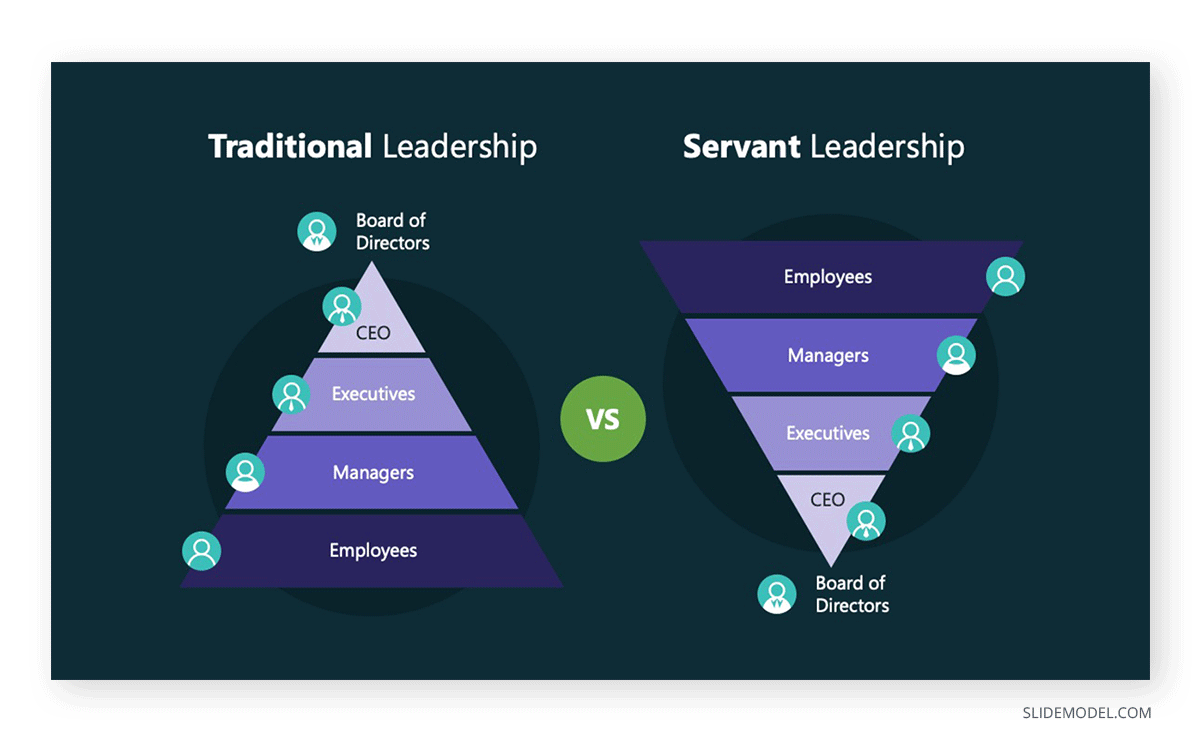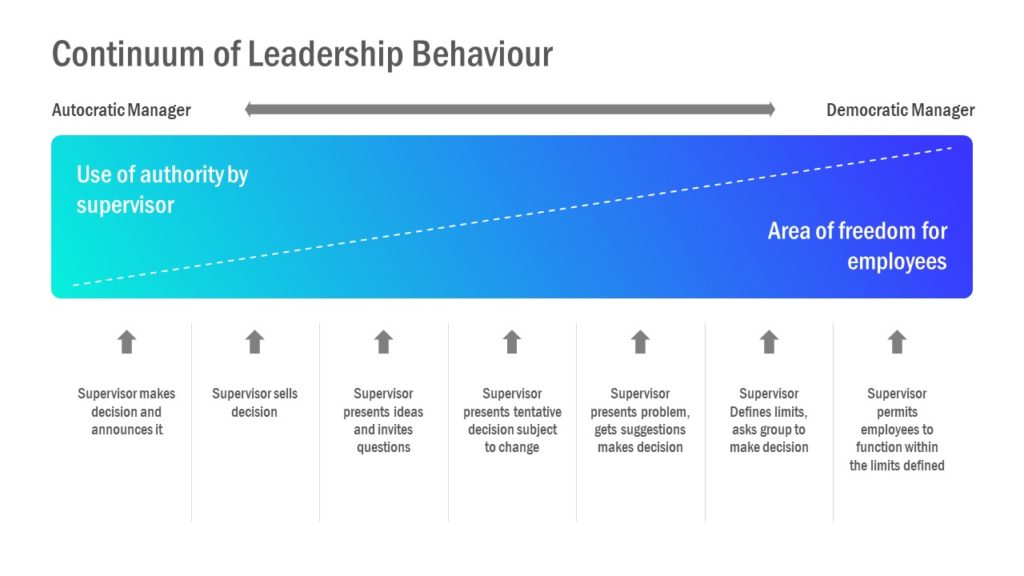
As a manager, you come across different types of associates. Some are hardworking and never let you down, but unfortunately this is not the rule. People managing other people , especially in newly found managerial roles might want to learn how to manage their teams better. This is where the Leader-Member Exchange Theory can help you become a better manager.
What is the Leader-Member Exchange Theory?
The Leader-Member Exchange Theory focuses on managers and their relationship with collaborators. The theory was developed during the 1970s and is also called LMX or Vertical Dyad Linkage Theory. It can be used to understand better how relationships between managers and team members can help shape a successful working environment.
The Leader-Member Exchange Theory can be quite useful for both managers and subordinates. The former can use the theory to determine how to interact with team members. In contrast the latter can better understand how to be reliable enough to create a working environment that is conducive for both.
How Does the Leader-Member Exchange Theory Work?
In theory, LMX works in three basic phases: role taking, role making and routinization.
Role Taking
Role-taking occurs when a new member enters the team. During this time, managers evaluate the skills and abilities of the new team member. The manager might be interested in assessing if the team member is reliable, works efficiently, and can be trusted.
Role Making
Once a new team member starts working, the manager assesses his/her reliability to put the new member in a box (so to speak). The theory suggests that managers often do this subconsciously. Role-making is the stage when managers try to sort out team members based on their performance, trustworthiness, and loyalty. The manager would then sort out team members in two groups.
In-Group: As the name suggests, this is the group of team members that managers consider hard-working, loyal, and trustworthy. These members are given more time and attention. The manager might offer them interesting and challenging tasks due to their efficiency and reliability. The manager does not have to worry much about managing these team members.
Out-Group: These are team members who have proven unreliable, sloppy, and need to be micromanaged by their manager. These individuals don’t receive too much time and attention from the manager. They are given fewer challenging tasks (if any), and their opportunities for growth are curtailed.
Routinization
During this phase there is a routine set between managers and their team members. The In-Group members continue to work hard and remain trustworthy, reliable, and persistent. They are patient and respected for their good work. On the contrary, the Out-Group members might begin to dislike managers. Since it might be hard to change perceptions, Out-Group members might even have to switch departments or organizations to start over.

How to Apply the Leader-Member Exchange Theory?
There are a number of ways the Leader-Member Exchange Theory can be put in practice. Below are a few ways managers can understand how they perceive team members and plan to manage teams better.
Identifying the Out-Group
You can start by identifying your Out-Group. Chances are, you already have an idea as to who these team members are. You can further analyze who has not been in your good books for a while. People you might have considered as inefficient, unreliable, and untrustworthy. You can analyze if your perceptions hold merit or perhaps your opinion needs revision. Have some of your team members exhibited bad behavior or is it merely your perception coming in the way of better judgement?
Rebuilding the Relationship
You can try to rebuild your relationship with your Out-Group team members. It’s possible that giving them more attention, challenging tasks and encouragement might help improve your ties to them. Perhaps some of them fell out of favor and lacked motivation due to your lack of attention. Trying to reach out to the Out-Group can help motivate those team members and reestablish a relationship on better grounds.
You can also have a one-on-one meeting with the team member to see how they feel at their job. You can help them during tasks and complement good work to motivate your Out-Group team members.
Providing New Opportunities
You can provide more opportunities for your Out-Group, including training, new tasks, and specific goals that can help them regain their focus to concentrate on something specific. You can also encourage them to achieve targets with the prospect of being recommended for a promotion, better pay, or perks you can realistically recommend them for.

Limitations of Leader-Member Exchange Theory
While the Leader-Member Exchange Theory, seems quite reasonable, there are other variables that can make it hard to implement it. For example, a person who has been both in a managerial and associate level, it’s easy to speak on behalf of both groups based on experience.
Working on initiatives that require complex planning and human empathy, can make many realize the cracks in organizational culture. Often, this can affect the most competent employees, managers, and splinter efficient teams in favor of inefficient ones.
No Explanation of Leadership Behavior
The leader-member exchange theory’s primary limitation is deemed to be the lack of specific explanation of leadership behavior that can help promote a successful working environment. LMX is therefore deemed descriptive instead of being normative. This leaves a lot to conjecture rather than specific leadership traits. Furthermore, it does not account for organizational politics and other variables that might undermine managers and team members’ relationship.
Managers Working in Inefficient Organizational Structures
A working paper titled ‘A New Public Sector in Developing Countries’ published under The Collaboratory for Research on Global Projects at Stanford University focused on developing countries’ public sector. The working paper suggested three broad levels on which the public sector’s capacity needed improvement, i.e. human, organizational, and institutional level. Not to mention, the global financial crisis of the past decade has led to discussion regarding the mistrust of people in the public sector even in developed countries.
A discussion paper titled ‘Is the Private Sector more Efficient? A cautionary tale’, published by UNDP Global Centre for Public Service Excellence, pointed towards public sector organizations’ inefficiency in both developing and developed countries. Citing various researches, the discussion paper mentioned the lack of efficiency in public sector organizations, which persisted in many cases despite privatization.
This arguably points towards an underlying issue with applying the Leader-Management Exchange Theory, i.e. the organizational culture, capacity, and practices that might affect the way managers work
Incompetent Managers that Undermine Competent Subordinates
While managers in theory are supposed to encourage hard working subordinates, they can in reality end up undermining them. This is particularly true for incompetent managers looking to bring down efficient team members due to their own insecurities. These managers can also be favorites for senior management. Such a culture is often found in Government run organizations and large organizations where incompetent management is found.
Competent Subordinates who Undermine Managers
While the leader-member exchange theory accounts for this factor, it can be more sinister than it seems. Disgruntled subordinates (incompetent or competent) can engage in organizational politics to undermine managers by slowing down work, back biting and unwarranted complaints to HR. It can also happen in the opposite direction, the team can also gang up to remove a competent manager.
Senior Management’s Divide and Rule Policies
Over the years, many organizations working on human development have been marred by scandals related to corruption, harassment, misuse of funds and the like. There is a tendency for many organizations, especially associated with ¨welfare¨, human development and government contractors to suffer from elite capture. This elite capture can end up placing incompetent people right at the top. Such individuals often like to divide and rule to create a toxic working environment. In the aforementioned example, an incompetent subordinate might even conspire with an individual of the senior management to undermine and remove a competent manager. In such a case, the manager would be in the Out-Group of that Director, VP or Department Head.
Final Words
While theories like the Leader-Member Exchange Theory deem that efficient employees are able to remain in the good books of managers and inefficient ones are either competed out or sidelined, this is not always the case. You might have heard people complaining about a toxic working environment and the behavior of their organization’s leadership as cruel’. This is because it’s not just people who are incompetent who can end up in the Out-Group but people who are more competent than their managers. Despite being hard working, trustworthy and reliable, they can be deemed as a threat due to a culture of nepotism, politics and people pleasing behavior. In fact, people who don’t worship their senior management can end up in the Out-Group despite being competent, reliable and hardworking.
The Leader-Member Exchange Theory can help managers work in an environment that encourages hard work, personal growth, and efficiency. In such organizations, managers can focus on building teams where there are few or no Out-Groups, whereas efficient members of the workforce can climb the ladder, competing out the ones who are inefficient and unreliable.



